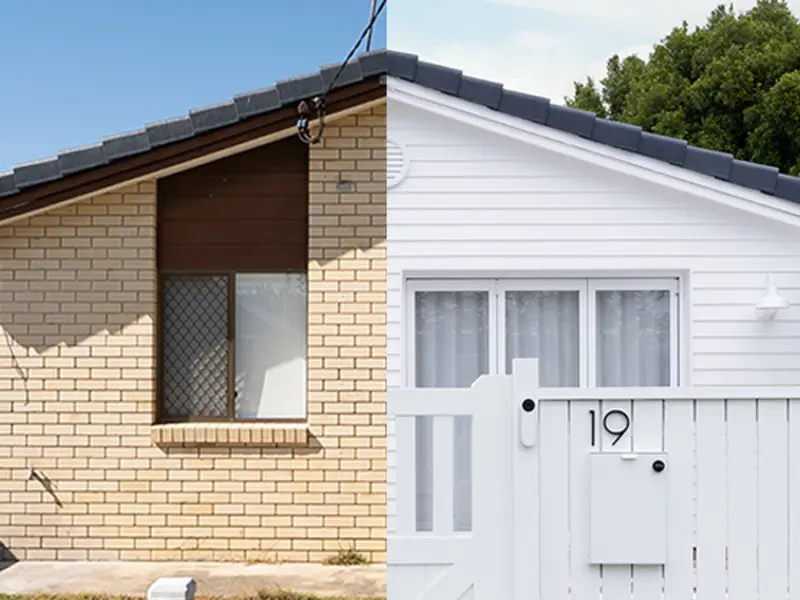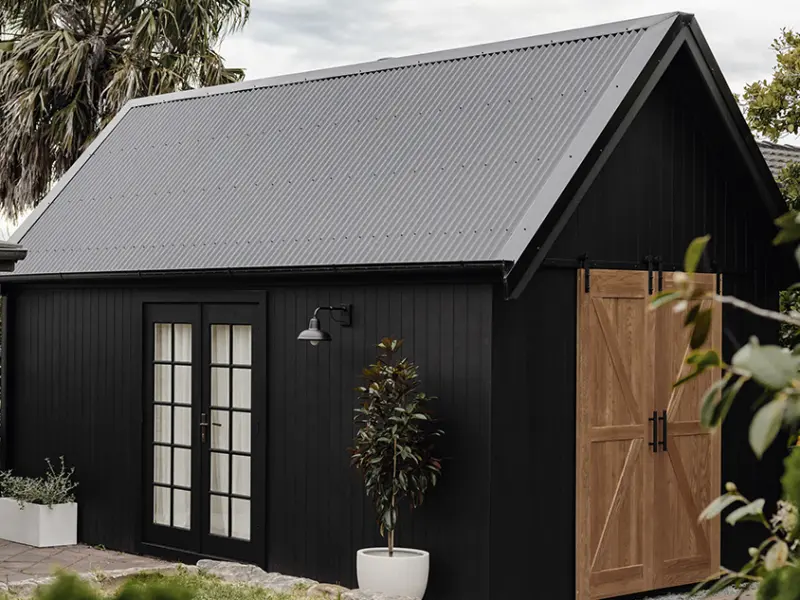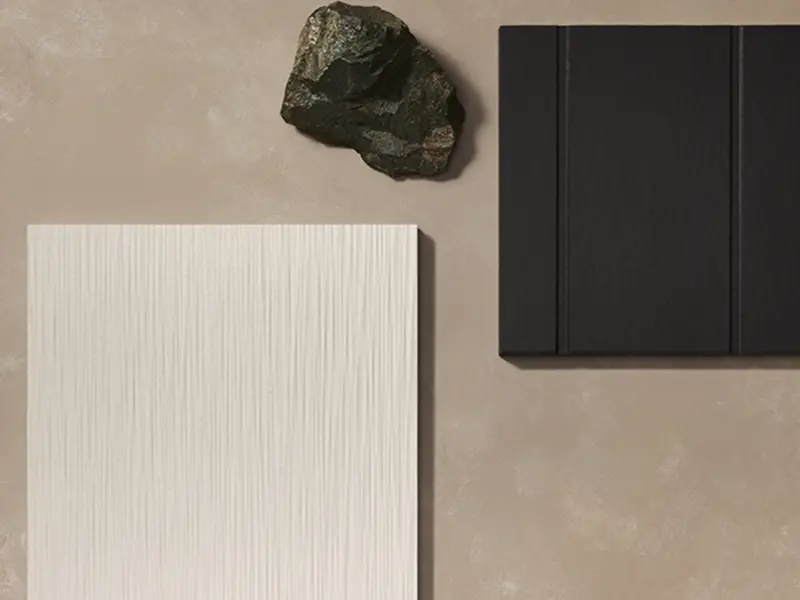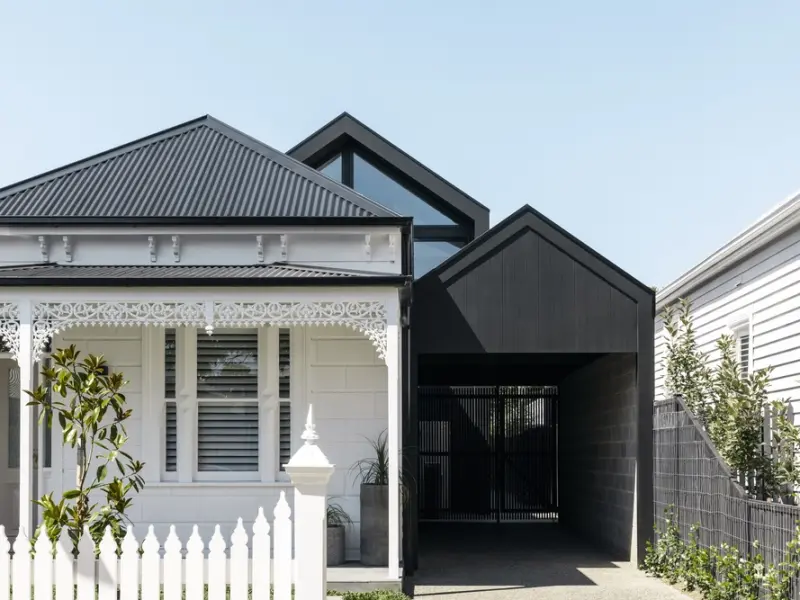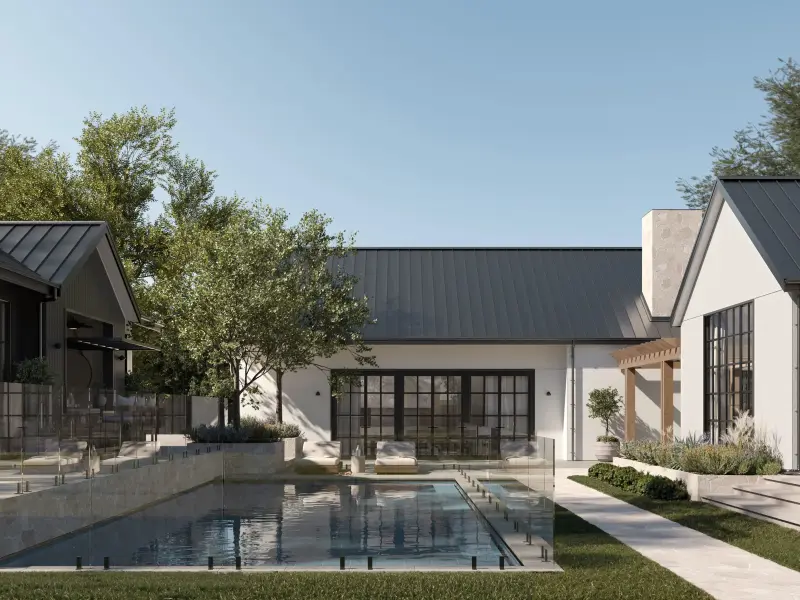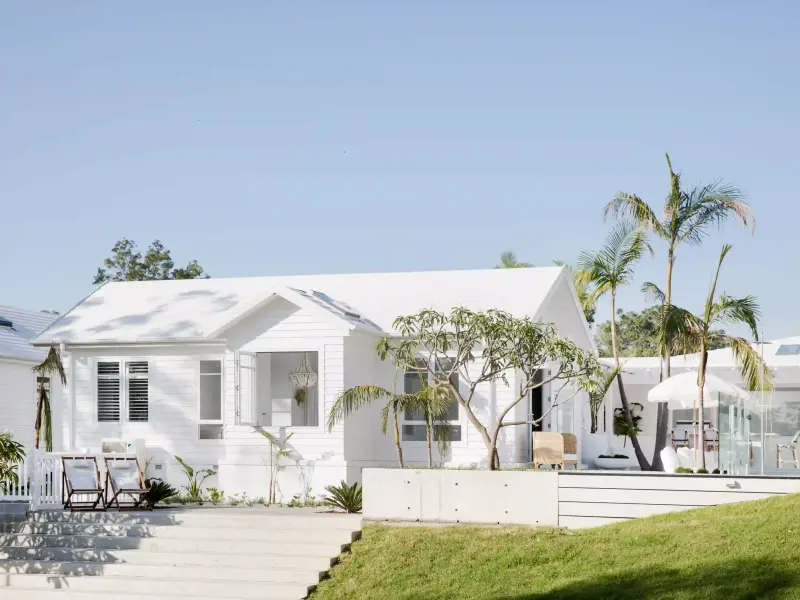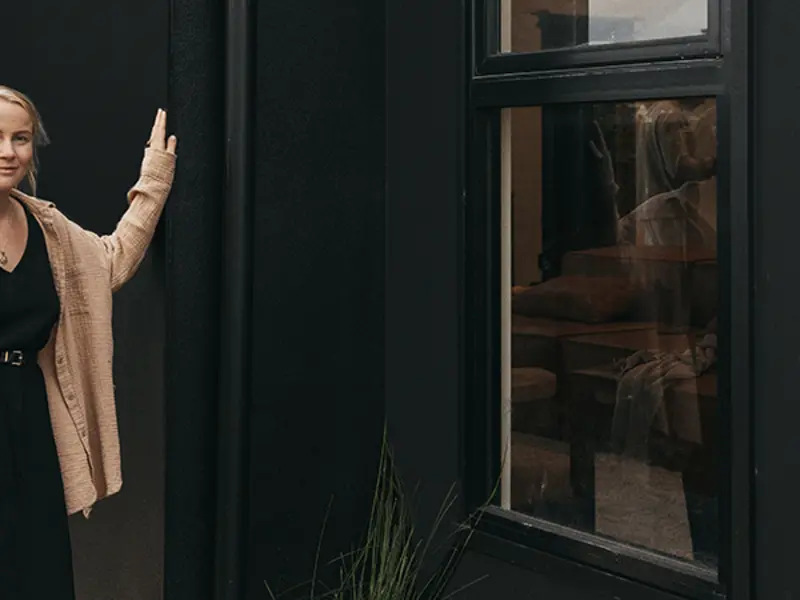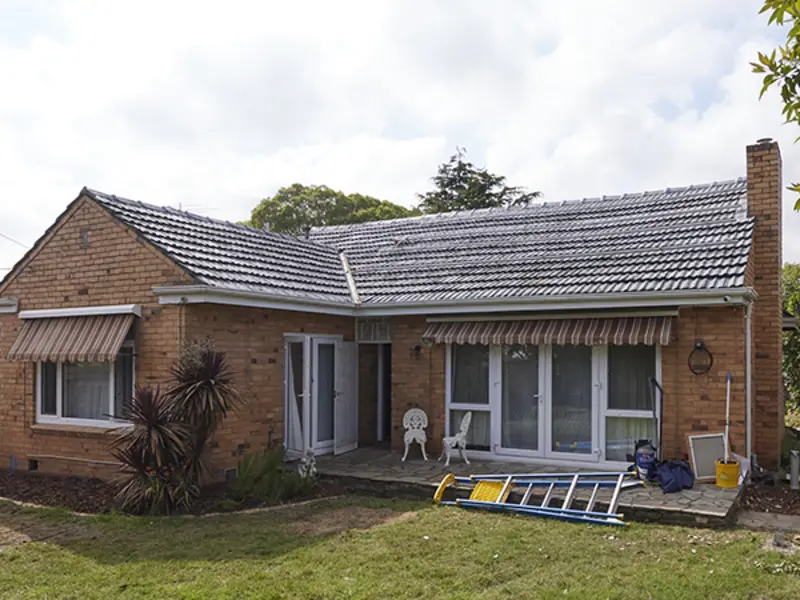
How to add a modern extension
It’s an age-old question for homeowners seeking more space: should I sell up and move on, knock down and rebuild, or add a modern extension? If you love your home and have simply outgrown it, the third option is an appealing one. By extending, you can increase the property’s floor plan and functionality, stay in the suburb of your choice and preserve everything you love about your home. Best of all, it’s an opportunity to indulge your eye for design and create tailor-made spaces for your family. Read on for everything you need to know before embarking on a house extension.
Going up or going out?
First, consider what sort of home extension will work for you – namely, will you build up or out? This will depend on the size and orientation of your block, the existing house construction, your budget and how much space you require.
Ground-floor renovations are great for utilising space and opening up a home to the outdoors. That said, by building out, you’re likely to lose some of your backyard, which is worth keeping in mind if you’re a keen gardener or would like to install a pool down the track. Meanwhile, a garage extension will breathe new life into a property and boost its value, too.
Cost is an important consideration. Upper-story additions may be more expensive, especially if there’s structural work involved. But it’s an investment that’s likely to pay off in the long term – especially if you need extra bedrooms for a growing family, or want to zone your home with a peaceful parents’ retreat upstairs.
Select your style
Now it’s time to hone your vision, whether that’s a quintessential Hamptons haven or a slick Box Modern abode. Will your extension blend seamlessly with your existing home or provide a striking visual counterpoint? You’ll need to choose whether you’d prefer continuity or contrast…
Continuity: This extension will draw from your home’s current aesthetic, and utilise similar finishes and fittings to create a sense of flow. Be sure to take the architectural integrity of your street and surrounding homes into account.
Contrast: Modern extensions on old houses offer a visual contrast. A great example is this Scandi Barn project in the tiny town of Strathalbyn, South Australia, where a black, Nordic-inspired extension is juxtaposed beautifully against the original old brick farmhouse.
Materials matter
Using high-quality products will ensure your home extension is aesthetically pleasing and stands the test of time. While historically, Australian homes were built from natural materials such as sandstone and timber, today, engineered materials such as fibre cement, plasterboard and laminates are growing in popularity, thanks to their durable, cost-effective and sustainable nature.
The right materials can even offer extra space: using fibre cement cladding on a frame will allow you to build high-performance walls with a width of just 100mm over brick veneer cladding, saving up to 1300mm of valuable floor space.
Style will naturally inform your product choice, too. Envisioning your own Scandi Barn transformation? Try Axon™ Cladding, a vertically grooved cladding panel that looks sleek and is easy to install. Planning an outdoor deck extension? Look no further than Hardie™ Deck, a smooth, wide decking board manufactured from premium fibre cement that’s resistant to damage from moisture and termites, unlike timber. For a Hamptons-style renovation, check out hardwearing, horizontal Linea™ Weatherboards, or for clean, uncluttered interior or exterior walls, consider Hardie™ Fine Texture Cladding, a low-maintenance alternative to traditional cement render.
Order a Sample
Ready to specify Hardie™ fibre cement products in your next project? Order a sample to help visualise your design decision. Paint samples in any colour to suit the vision you have for your dream home.
What if I have a heritage home?
For any form of structural home renovation, you should look into permissions and approvals from your local council (most states and territories have a planning portal to help you understand what DAs or certificates may be required, as exemplified by the NSW planning portal).
This is particularly the case if you own a heritage-listed home, which will come with its own set of restrictions. You’ll need to consult your local council for advice about modern extensions on old houses, find out which aspects of the original home are essential to keep, and abide by any legal restrictions around the extension. But don’t let this put you off – you might even be eligible for heritage incentives, including loan subsidies and grants, which encourage homeowners to sensitively restore and conserve houses of historical significance.
Ready to take your house extension plans to the next level and bring your dreams to fruition? Hone your aesthetic with our Modern Look Book, and find savvy advice and need-to-know tips in our Home Renovation Guide.
Modern Look Book
Our Modern Look Book provides design inspiration and highlights hallmarks to help describe and define the clean, contemporary home of your dreams. Discover which modern look you love then use the images and language to brief your designer or builder.
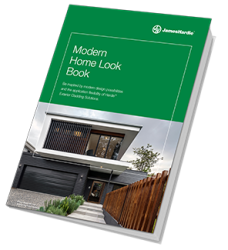
Renovation Guide
With the right help and advice, you can make decisions confidently, ensuring your home will be magnificent in years to come. Our Renovation Guide can help steer you through every stage in the process to help you achieve the renovation you’ve been dreaming of. Get a copy of the James Hardie Renovation Guide now.

